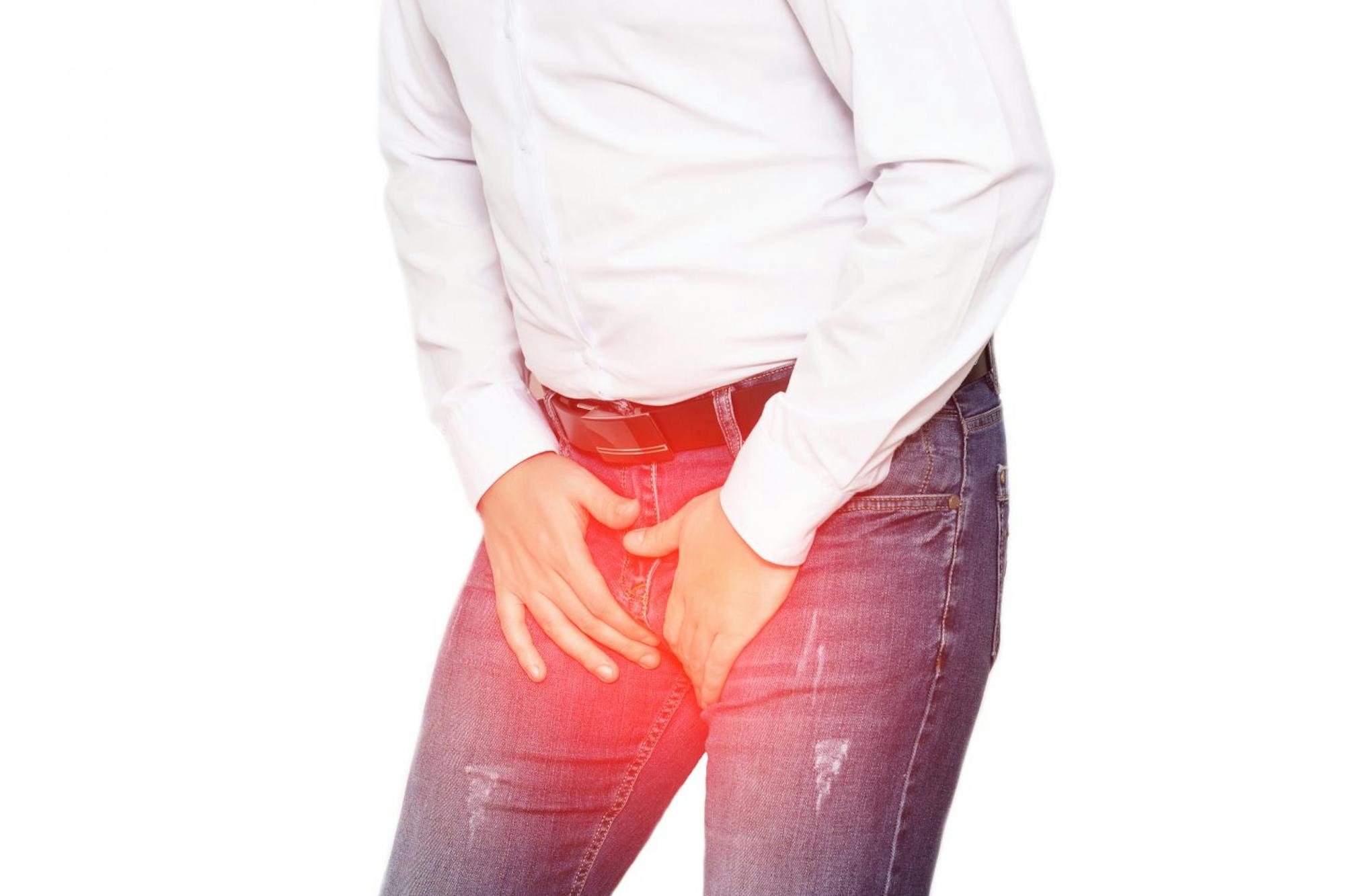“Urinary incontinence” is a technical term for leaking urine by accident. It is a common condition in more elderly demographics, especially elderly women, although it can happen to anyone for a number of reasons. Fortunately, urinary incontinence can be controlled and/or cured with the help of physical therapy. If you have been struggling with urinary incontinence and you are looking for help, contact MDM Physical Therapy today to schedule a consultation with one of our dedicated Mesa, AZ physical therapists.
Why am I experiencing urinary incontinence?
There are several reasons why someone may leak urine despite their control. Some short-term urinary incontinence may develop and disappear on its own due to a temporary condition, such as a urinary tract infection, vaginal infection, or constipation. Certain medications can even cause temporary bladder control problems that should clear up after use. However, if your urinary incontinence persists, it may be due to a larger underlying condition, such as:
- Damaged pelvic floor nerves, due to injury or surgery
- Imbalance of the back, hip and pelvic floor muscles
- Nerve impingement due to pelvic/sacral alignment
- Weak or overactive bladder muscles
- Damaged bladder nerves, typically from diseases such as diabetes, multiple sclerosis, or Parkinson’s
- Blockage from an enlarged prostate
- Difficulty getting to the bathroom in time, due to diseases such as arthritis
- Pelvic organ prolapse
- Prostatitis
- Benign prostate hyperplasia
In addition to the different ways in which urinary incontinence can be caused, there are also different types of urinary incontinence that can occur. The different types of urinary incontinence include:
1. Stress incontinence
Stress incontinence is caused when one experiences a urine leak due to pressure on the bladder. For example, stress incontinence can occur when exercising, lifting heavy objects, laughing, coughing, or sneezing. This is the most common type of bladder control problem in younger to middle-aged women, and it may occur around the time of menopause.
2. Urge incontinence
Urge incontinence is caused when there is a sudden and emergent need to urinate. Someone experiencing urge incontinence may not have enough time to make it to the toilet before leakage occurs. This type of bladder control problems is usually a result of diabetes, Alzheimer’s disease, Parkinson’s disease, multiple sclerosis, or stroke.
3. Overflow incontinence
Overflow incontinence is caused by a bladder that is always full, thus causing leakage to occur. For example, if a man has an enlarged prostate that is blocking his urethra, it can be difficult to empty the bladder. Other conditions, such as diabetes and spinal cord injuries, can also cause this type of bladder control problem.
4. Functional incontinence
Functional incontinence is caused when people have a condition that makes it hard to move to the bathroom quickly enough before leakage occurs. People with functional incontinence actually have normal bladder control; however, they have an alternative condition (such as arthritis) that makes it difficult to move and thus results in leakage if they cannot make it to the toilet in time.
If you are experiencing persistent urinary incontinence that has been occurring for several weeks or months, contact our Mesa, AZ physical therapy office as soon as possible to seek help.
How will physical therapy help with my urinary incontinence?
At MDM Physical Therapy, we know that living with urinary incontinence can be limiting – and even embarrassing at times, especially when it occurs during a social setting. Our Mesa, AZ physical therapists are dedicated to improving your pelvic health, quality of life, and socialization, so you can get back to living your very best life.
When you arrive for your initial consultation, one of our physical therapists will perform a physical examination to determine the cause of your incontinence. Your physical exam, along with an evaluation of your medical history and discussion of your symptoms, will help in determining the best route for your treatment plan. Typical treatments for those struggling with urinary incontinence typically includes:
- Correcting alignment and imbalance issues through gentle manual therapy, stretches and simple exercises.
- Re-engaging the nerves which control bladder function through manual therapy and specialized neuro techniques (Myokinesthetics)
- Increasing strength, stability, and endurance of the core, transverse abdominals, hip muscles, and pelvic floor.
- Increasing synergy and pattern of muscle firing between the pelvic floor and core.
- Performing strengthening exercises in functional and dynamic positions.
- Improving posture/positions.
- Participating in a home exercise program and instruction.
If you, or someone you are caring for, are struggling with urinary incontinence and you are looking for help, Contact us at MDM Physical Therapy today at Mesa, AZ Center to schedule a consultation. One of our physical therapists will get you started on the path toward urinary control and relief.

